Changing Metro’s Funding Trajectory
The Transportation Planning Board (TPB) estimates that without funding commitments from Congress, the District of Columbia, Maryland, and Virginia for Metro’s ongoing maintenance and core capacity improvements, as many as 32,000 future daily transit riders would be pushed onto the roadways instead.
In a recent report, the TPB cites that under the current funding trajectory, Metrorail riders will face significant crowding and experience less service reliability in the future. Critics often cite low forecasts of future Metrorail ridership from the TPB as a reason to avoid committing robust levels of funding for transit. What they don’t tell you is that the ridership numbers emerging from the travel demand model are manually “capped” so that there is no ridership growth beyond 2020 – the year beyond which current levels of maintenance funding levels expires. In other words, because regional leaders have not committed to funding transit, those that forecast travel demand have decided to stop forecasting increases in transit usage. Were it not for this artificial “cap”, travel demand forecasts would show much higher numbers of future transit use. We all know that such a “cap” ignores the last 10-15 years of increasing transit usage region-wide (performance analysis of the CLRP 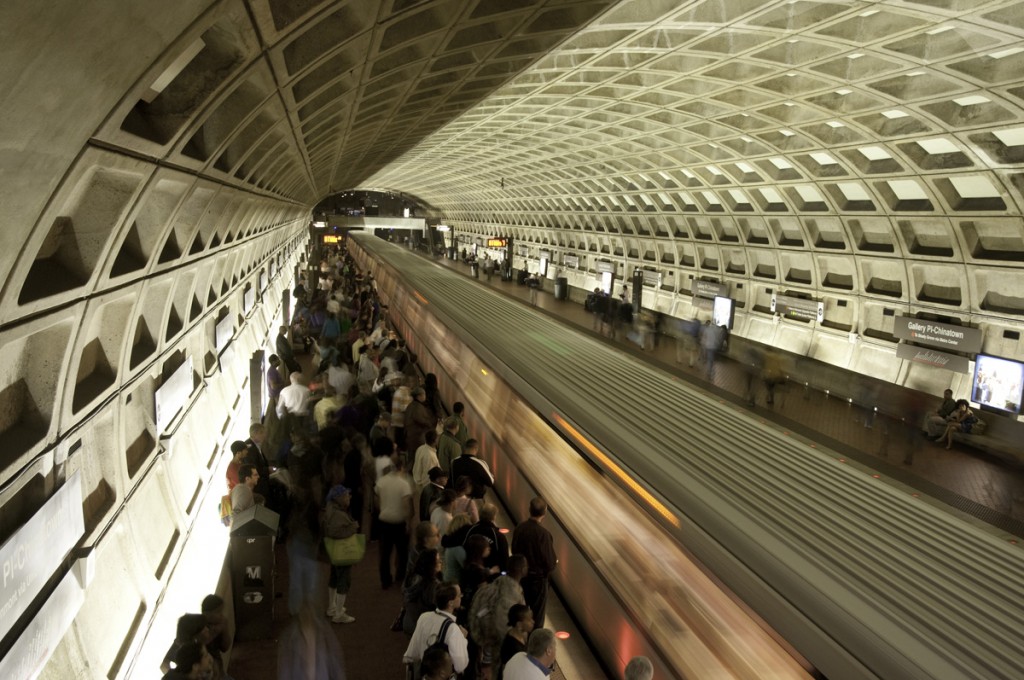 )
)
Metro’s strategic plan, known as Momentum, proposes a number of core capacity improvements to handle more riders, and offers a plan of initiatives necessary to remove the so-called “transit constraint” placed on the system in 2000. Metro 2025, one of the main components of Momentum, includes:
- running all eight-car trains during the peak period,
- improving and expanding capacity at existing core stations,
- adding service and implementing bus priority treatments on high-ridership bus corridors,
- restoring Blue-line train frequencies during the peak period,
- adding pocket tracks and crossovers at key locations in the system,
- expanding the bus fleet to accommodate new demand, and
- investing in a next generation communications system.


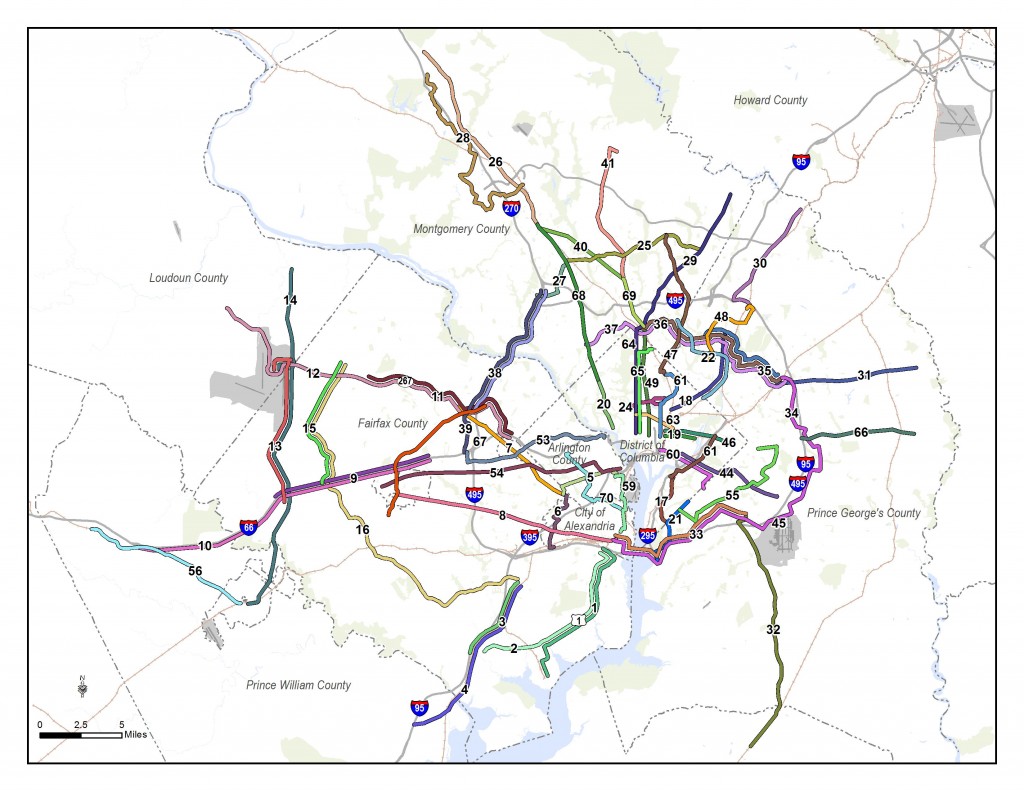
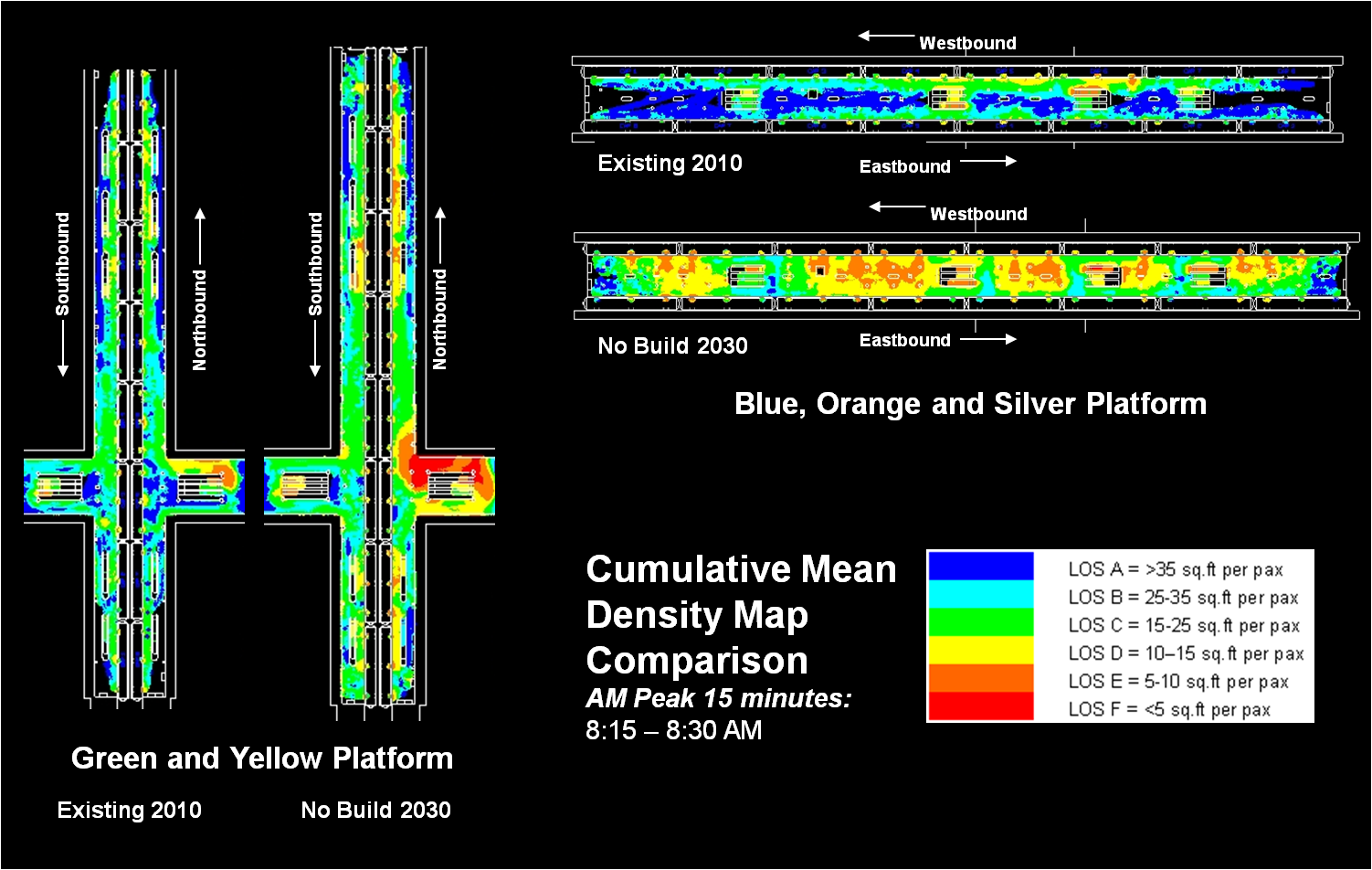
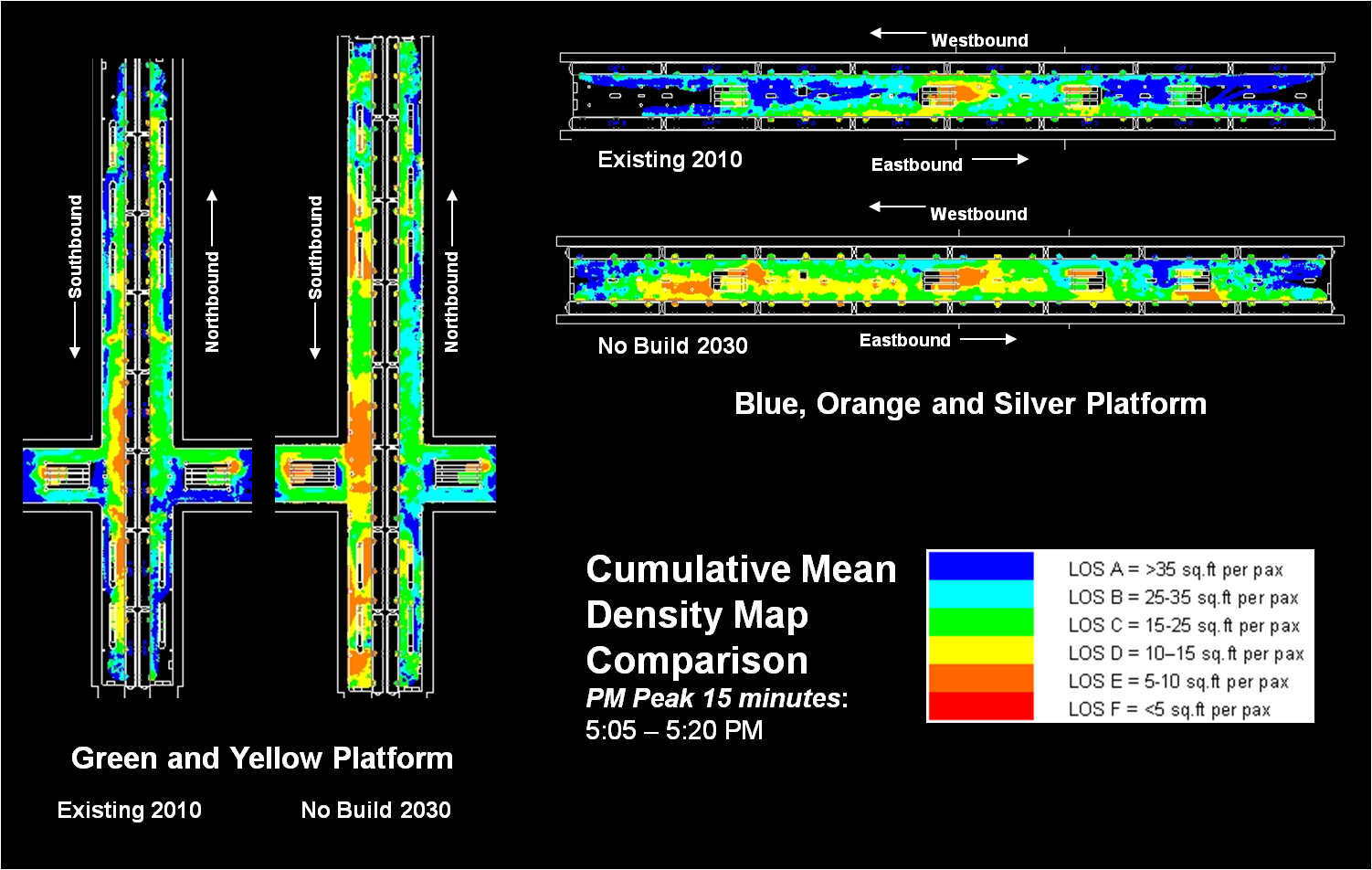
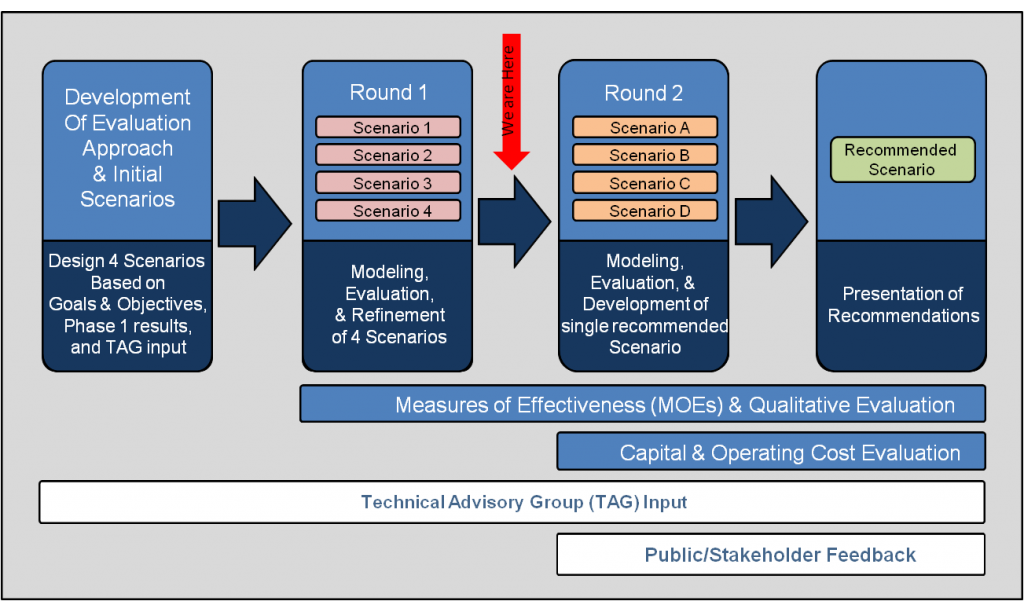


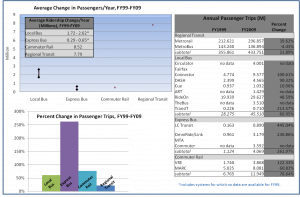

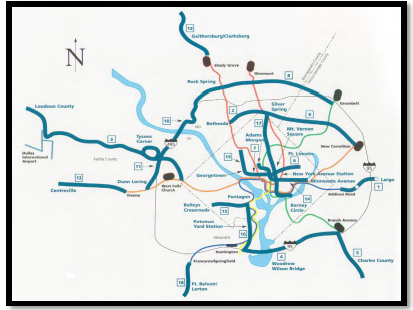
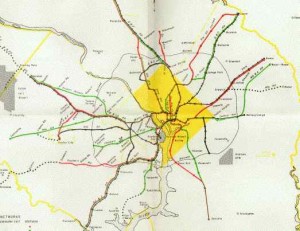

Recent Comments